当前位置:网站首页>14. Draw network model structure
14. Draw network model structure
2022-07-08 01:01:00 【booze-J】
article
Draw network structure process
Before running the code, you need to install pydot and graphviz
install pydot:pip install pydot
install graphviz It's a little bit more complicated , Let's Baidu by ourselves .
The code running platform is jupyter-notebook, Code blocks in the article , According to jupyter-notebook Written in the order of division in , Run article code , Glue directly into jupyter-notebook that will do .
1. Import third-party library
import numpy as np
from keras.datasets import mnist
from keras.utils import np_utils
from keras.models import Sequential
from keras.layers import Dense,Dropout,Convolution2D,MaxPooling2D,Flatten
from tensorflow.keras.optimizers import Adam
from keras.utils.vis_utils import plot_model
import matplotlib.pyplot as plt
# install pydot and graphviz
2. Data preprocessing
# Load data
(x_train,y_train),(x_test,y_test) = mnist.load_data()
# (60000, 28, 28)
print("x_shape:\n",x_train.shape)
# (60000,) Not yet one-hot code You need to operate by yourself later
print("y_shape:\n",y_train.shape)
# (60000, 28, 28) -> (60000,28,28,1)=( Number of pictures , Picture height , Image width , The number of channels in the picture ) reshape() Middle parameter filling -1 Parameter results can be calculated automatically Divide 255.0 To normalize
# Normalization is critical , It can greatly reduce the amount of calculation
x_train = x_train.reshape(-1,28,28,1)/255.0
x_test = x_test.reshape(-1,28,28,1)/255.0
# in one hot Format
y_train = np_utils.to_categorical(y_train,num_classes=10)
y_test = np_utils.to_categorical(y_test,num_classes=10)
3. Build a network model
# Define sequential model
model = Sequential()
# The first convolution layer Note that the first layer should write the size of the input image Later layers can be ignored
# input_shape Input plane
# filters Convolution kernel / Number of filters
# kernel_size Convolution window size
# strides step
# padding padding The way same/valid
# activation Activation function
model.add(Convolution2D(
input_shape=(28,28,1),
filters=32,
kernel_size=5,
strides=1,
padding="same",
activation="relu"
))
# The first pool
model.add(MaxPooling2D(
pool_size=2,
strides=2,
padding="same"
))
# The second pooling layer
model.add(Convolution2D(filters=64,kernel_size=5,strides=1,padding="same",activation="relu"))
# The second pooling layer
model.add(MaxPooling2D(pool_size=2,strides=2,padding="same"))
# Flatten the output of the second pool layer into 1 dimension
model.add(Flatten())
# The first full connection layer
model.add(Dense(units=1024,activation="relu"))
# Dropout Random selection 50% Neurons are trained
model.add(Dropout(0.5))
# The second full connection layer
model.add(Dense(units=10,activation="softmax"))
# # Define optimizer Set the learning rate to 1e-4
# adam = Adam(lr=1e-4)
# # Define optimizer ,loss function, The accuracy of calculation during training
# model.compile(optimizer=adam,loss="categorical_crossentropy",metrics=["accuracy"])
# # Training models
# model.fit(x_train,y_train,batch_size=64,epochs=10)
# # Evaluation model
# loss,accuracy=model.evaluate(x_test,y_test)
# print("test loss:",loss)
# print("test accuracy:",accuracy)
4. Draw the network model structure
# rankdir="TB" Finally, this is what determines the direction T representative TOP B representative BOTTOM TB From top to bottom If you want to go from left to right , modify rankdir="LR" that will do
plot_model(model,to_file="model.png",show_shapes=True,show_layer_names="False",rankdir="TB")
plt.figure(figsize=(10,10))
img = plt.imread("model.png")
plt.imshow(img)
plt.axis("off")
plt.show()
Running results :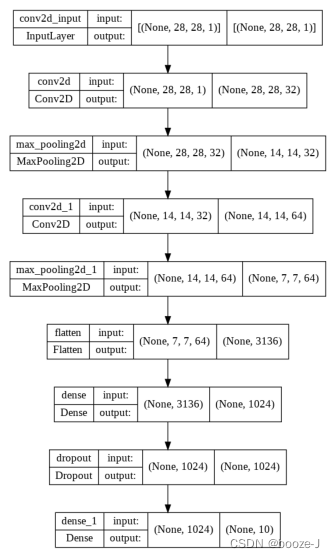
plot_model(model,to_file="model.png",show_shapes=True,show_layer_names="False",rankdir="TB") Medium rankdir="TB" Finally, this is what determines the direction T representative TOP ,B representative BOTTOM,TB From top to bottom , If you want to go from left to right , modify rankdir="LR" that will do .
边栏推荐
- 6.Dropout应用
- 5g NR system messages
- The weight of the product page of the second level classification is low. What if it is not included?
- Su embedded training - C language programming practice (implementation of address book)
- 133. 克隆图
- Marubeni official website applet configuration tutorial is coming (with detailed steps)
- Interface test advanced interface script use - apipost (pre / post execution script)
- How is it most convenient to open an account for stock speculation? Is it safe to open an account on your mobile phone
- 5G NR 系统消息
- FOFA-攻防挑战记录
猜你喜欢
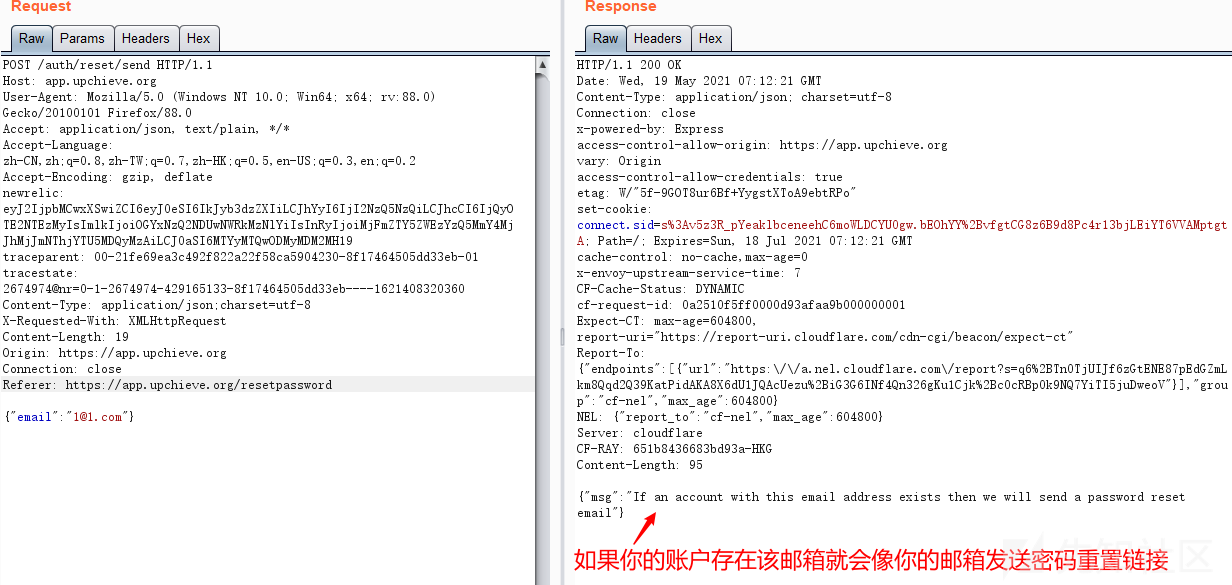
Password recovery vulnerability of foreign public testing

Invalid V-for traversal element style
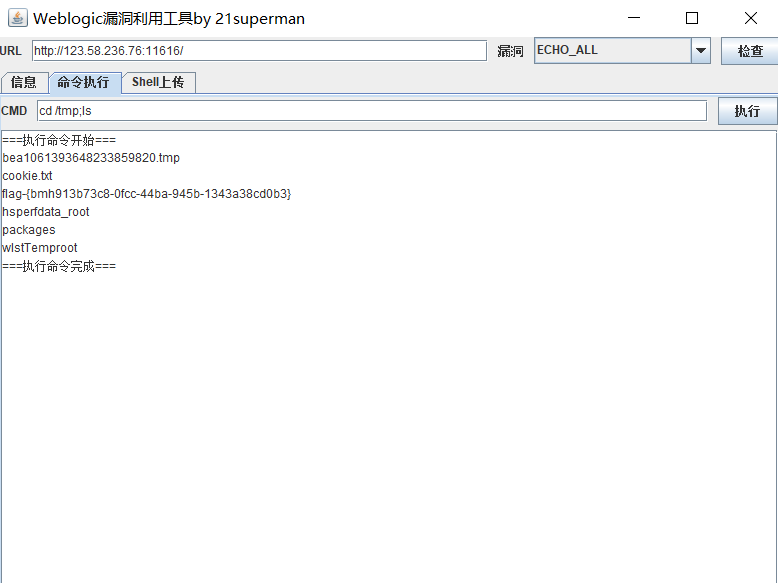
FOFA-攻防挑战记录
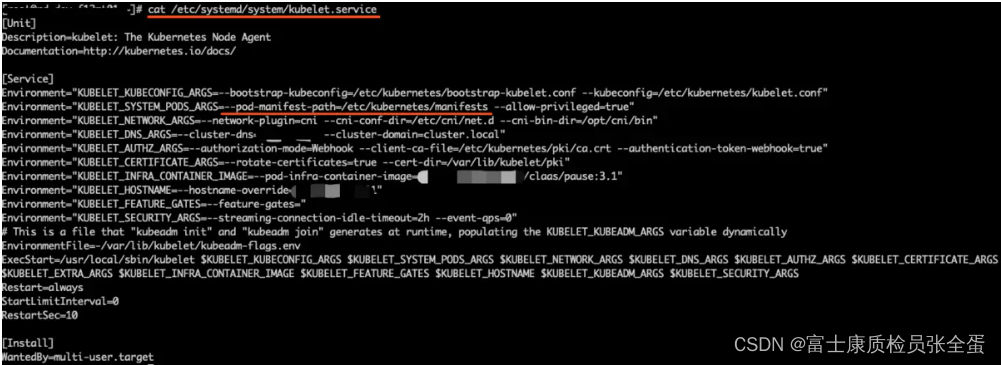
Kubernetes static pod (static POD)
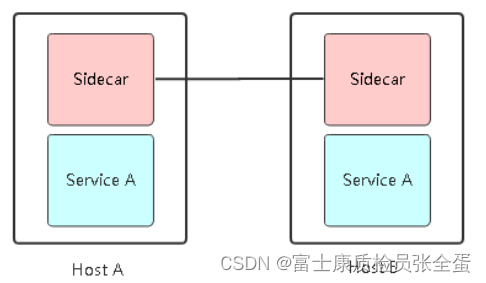
Service Mesh介绍,Istio概述
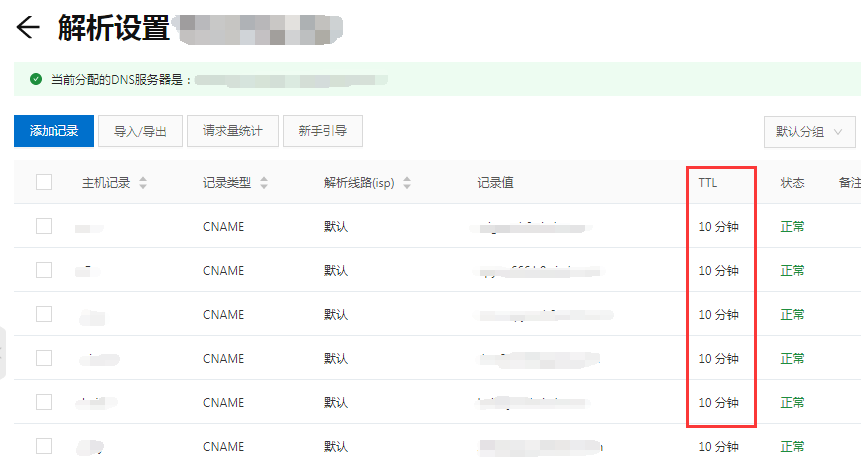
DNS series (I): why does the updated DNS record not take effect?

跨模态语义关联对齐检索-图像文本匹配(Image-Text Matching)
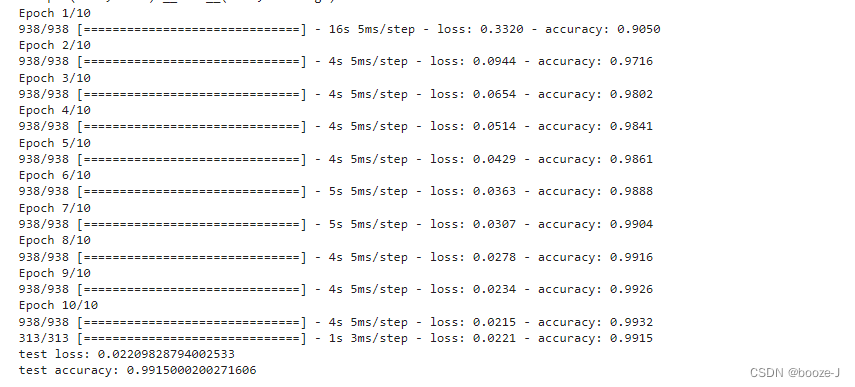
10.CNN应用于手写数字识别
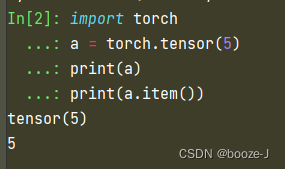
完整的模型训练套路
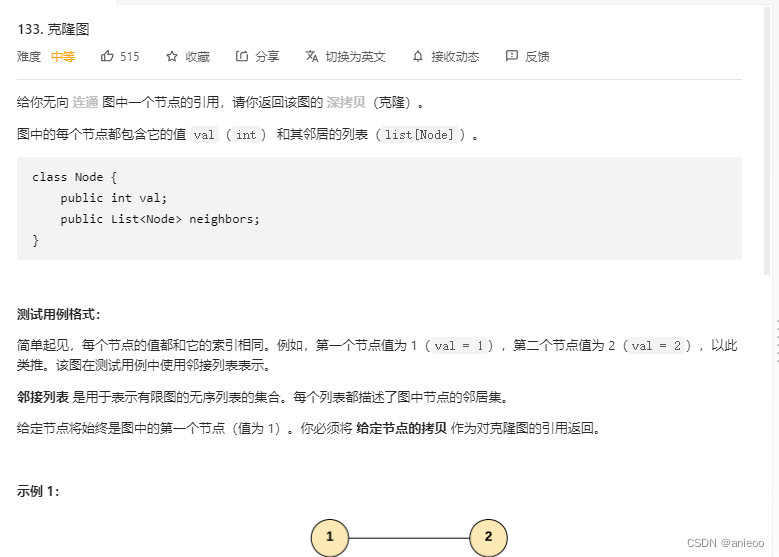
133. Clone map
随机推荐
New library online | information data of Chinese journalists
德总理称乌不会获得“北约式”安全保障
英雄联盟胜负预测--简易肯德基上校
[go record] start go language from scratch -- make an oscilloscope with go language (I) go language foundation
Redis, do you understand the list
手写一个模拟的ReentrantLock
German prime minister says Ukraine will not receive "NATO style" security guarantee
利用GPU训练网络模型
新库上线 | CnOpenData中华老字号企业名录
They gathered at the 2022 ecug con just for "China's technological power"
Jemter distributed
Serial port receives a packet of data
2022-07-07: the original array is a monotonic array with numbers greater than 0 and less than or equal to K. there may be equal numbers in it, and the overall trend is increasing. However, the number
The whole life cycle of commodity design can be included in the scope of industrial Internet
ABAP ALV LVC template
1293_ Implementation analysis of xtask resumeall() interface in FreeRTOS
14.绘制网络模型结构
Hotel
Summary of the third course of weidongshan
Service Mesh介绍,Istio概述